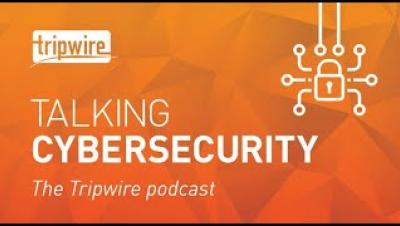Privacy in Q2: In Like a Lion, Out Like a ... Lion
For a while, privacy in Q2 was looking like it would follow the season’s idiomatic rule: in like a lion, out like a lamb. But it came roaring back in June with a new U.S. state law, EU adequacy decisions, a new EU data transfer mechanism, and more. As we look back over the second quarter of 2021, several important developments are worth noting.



